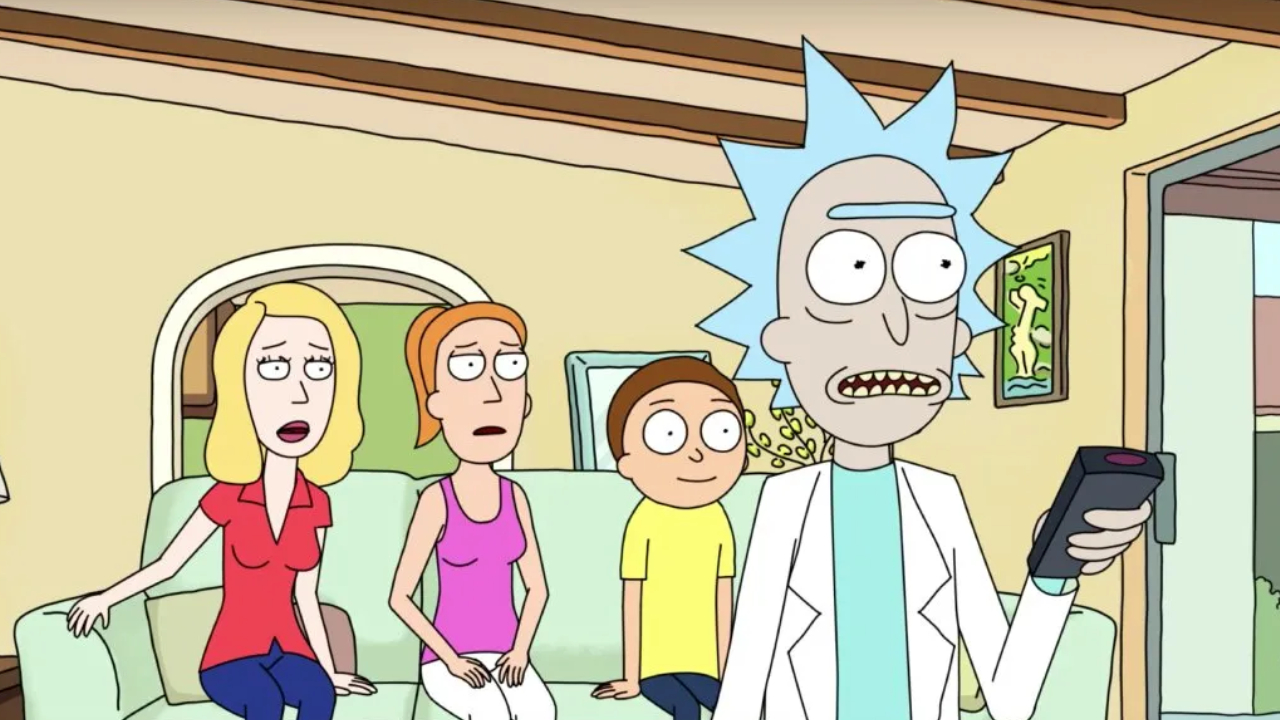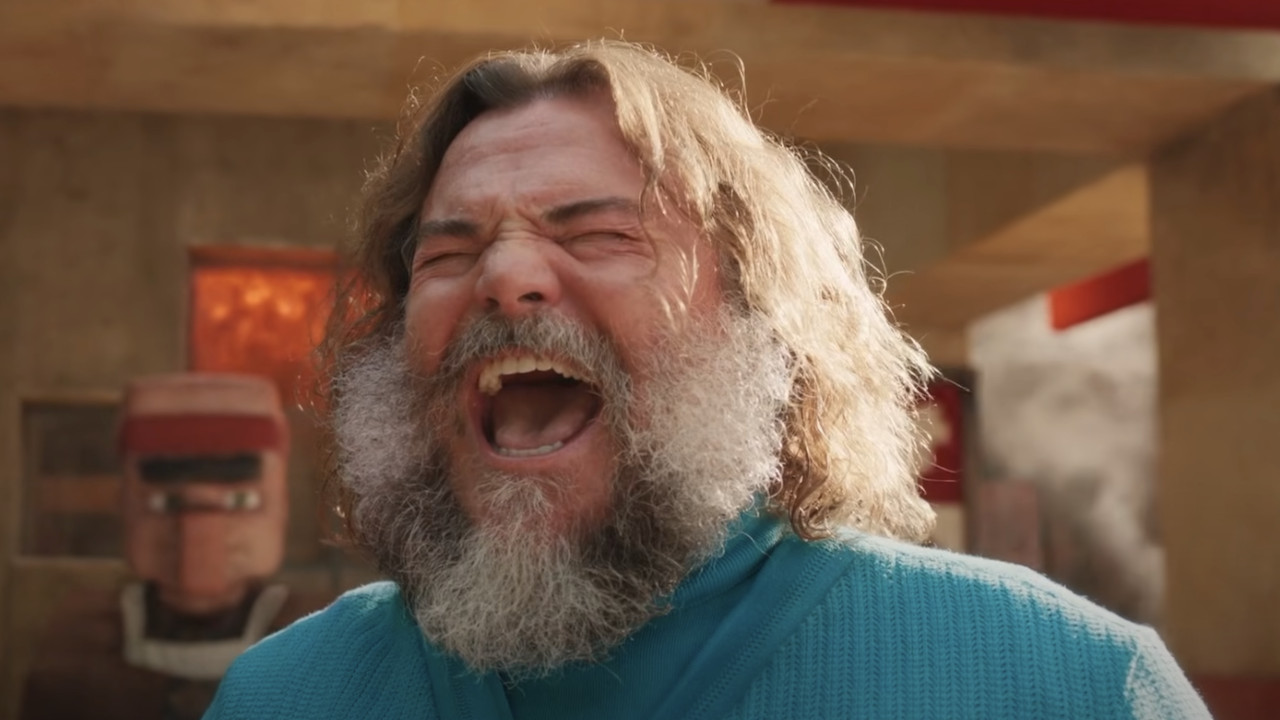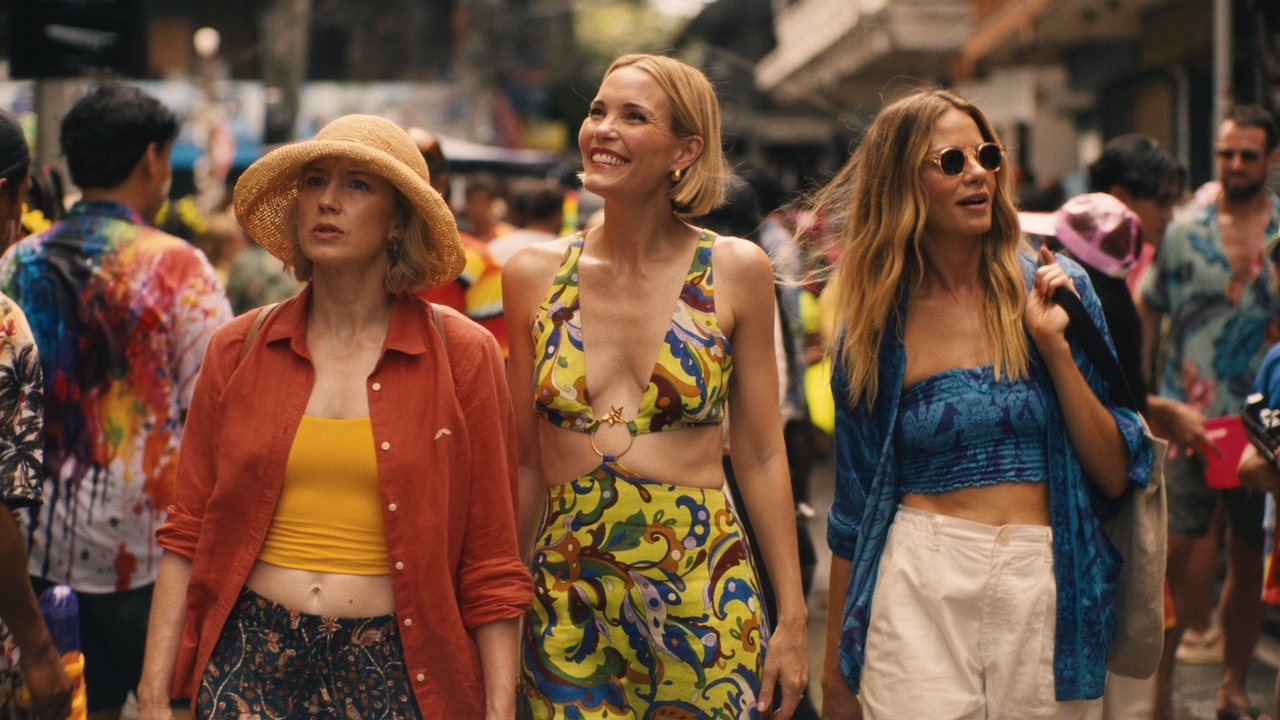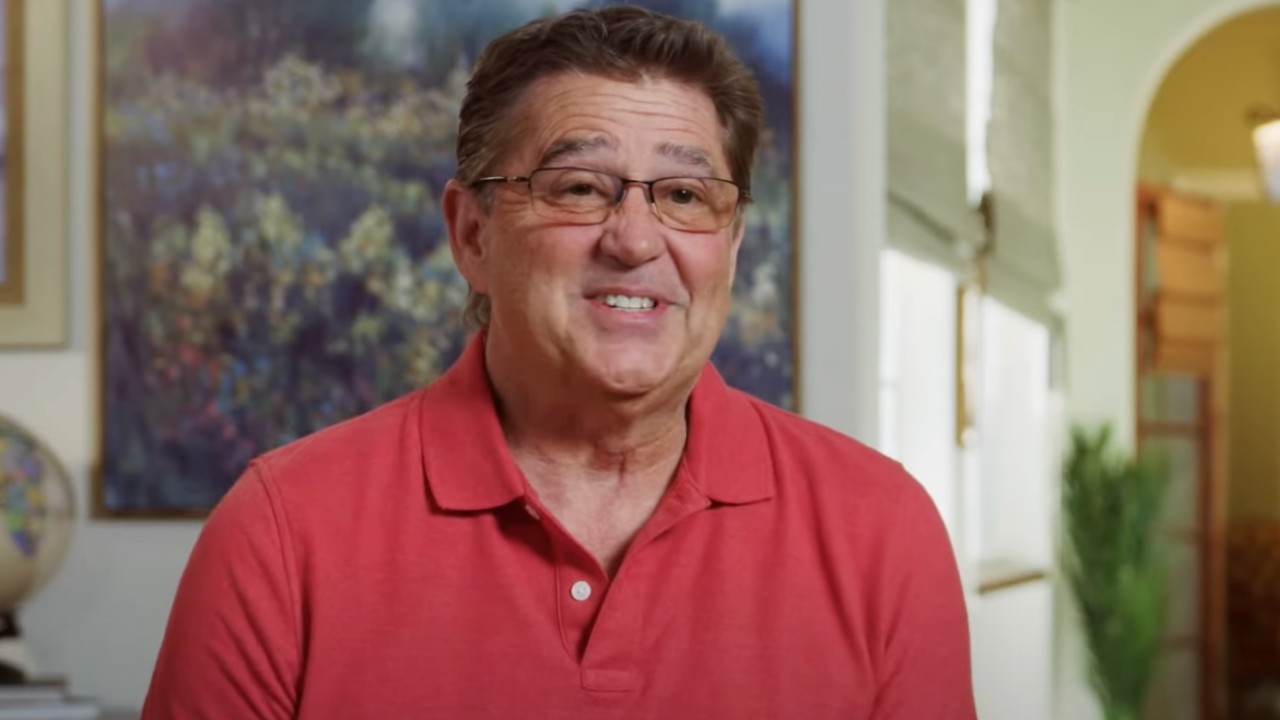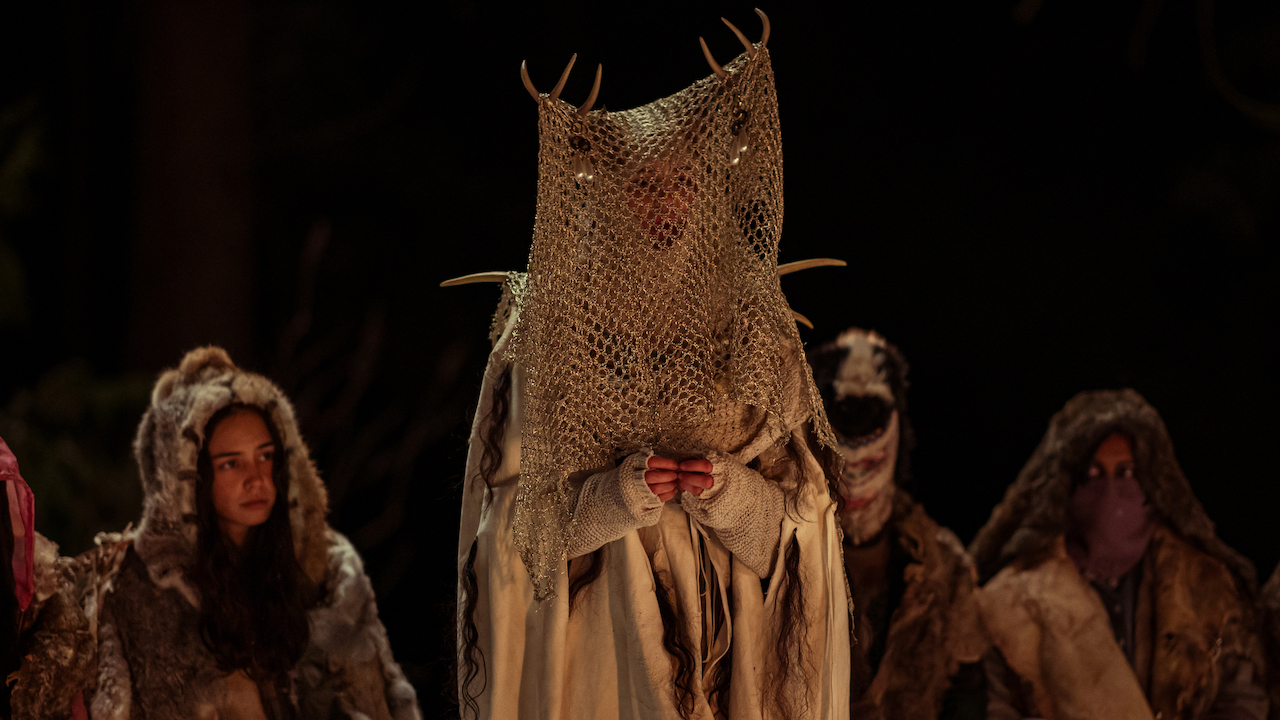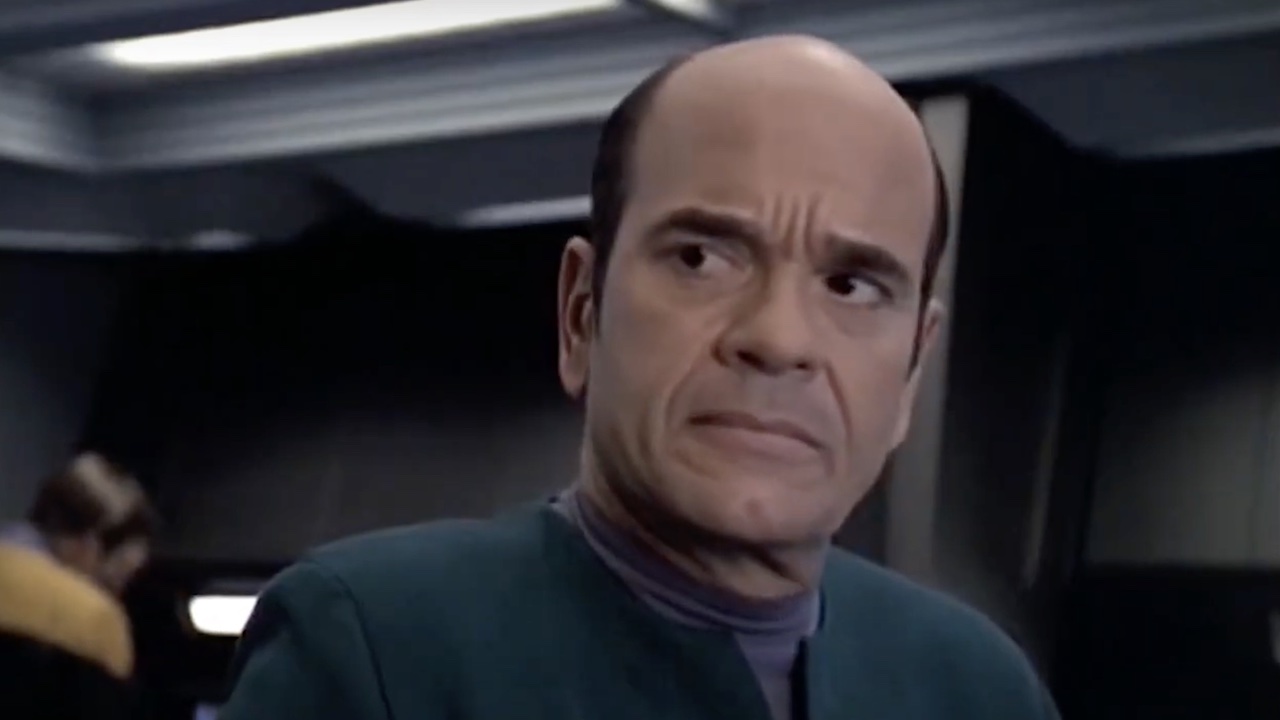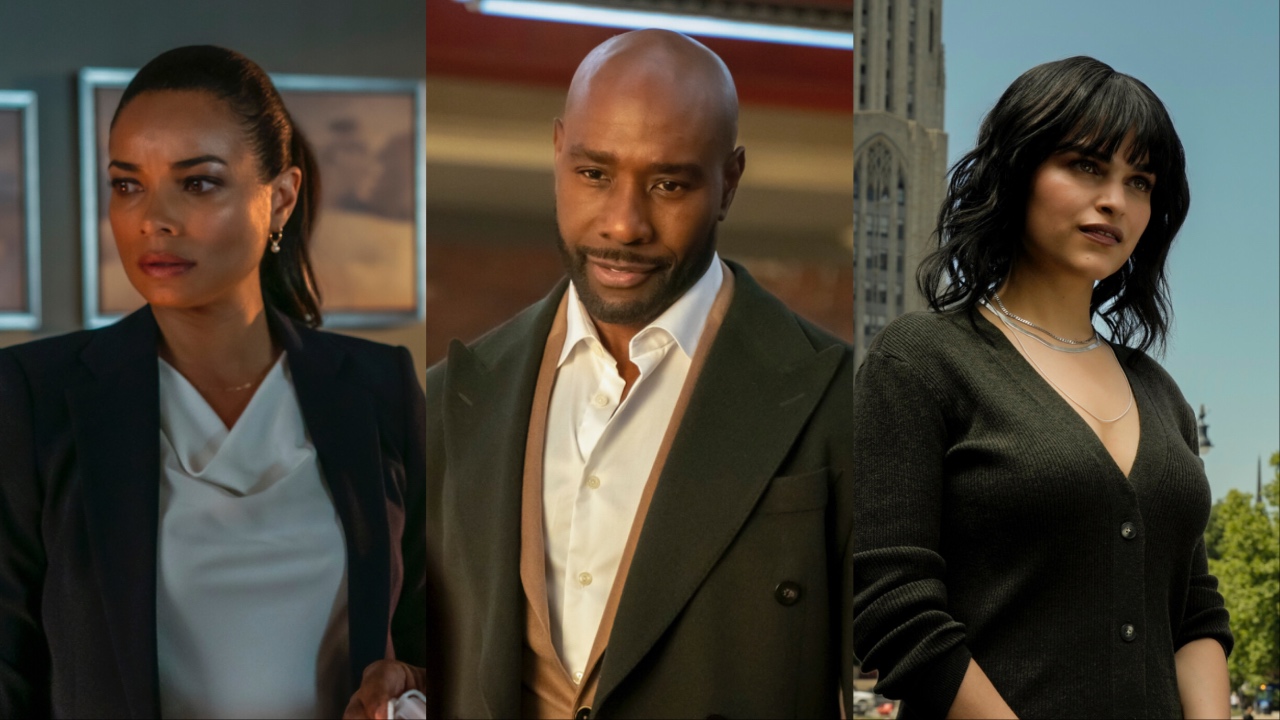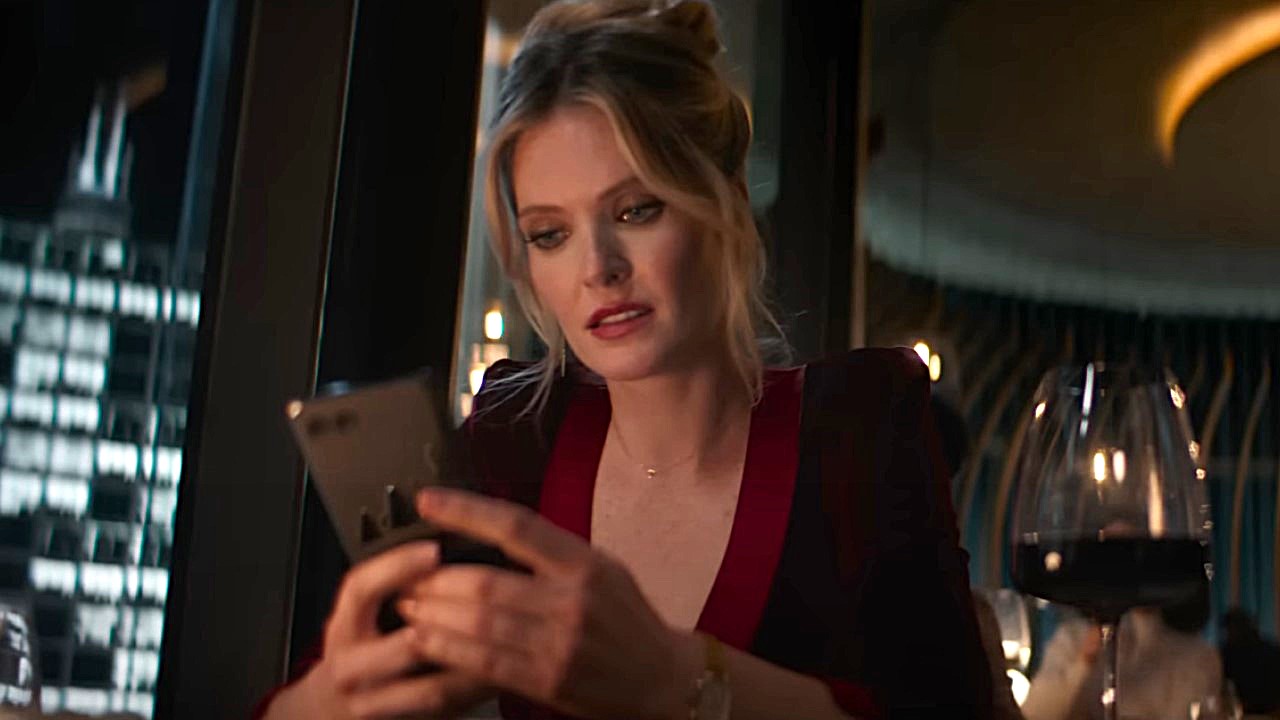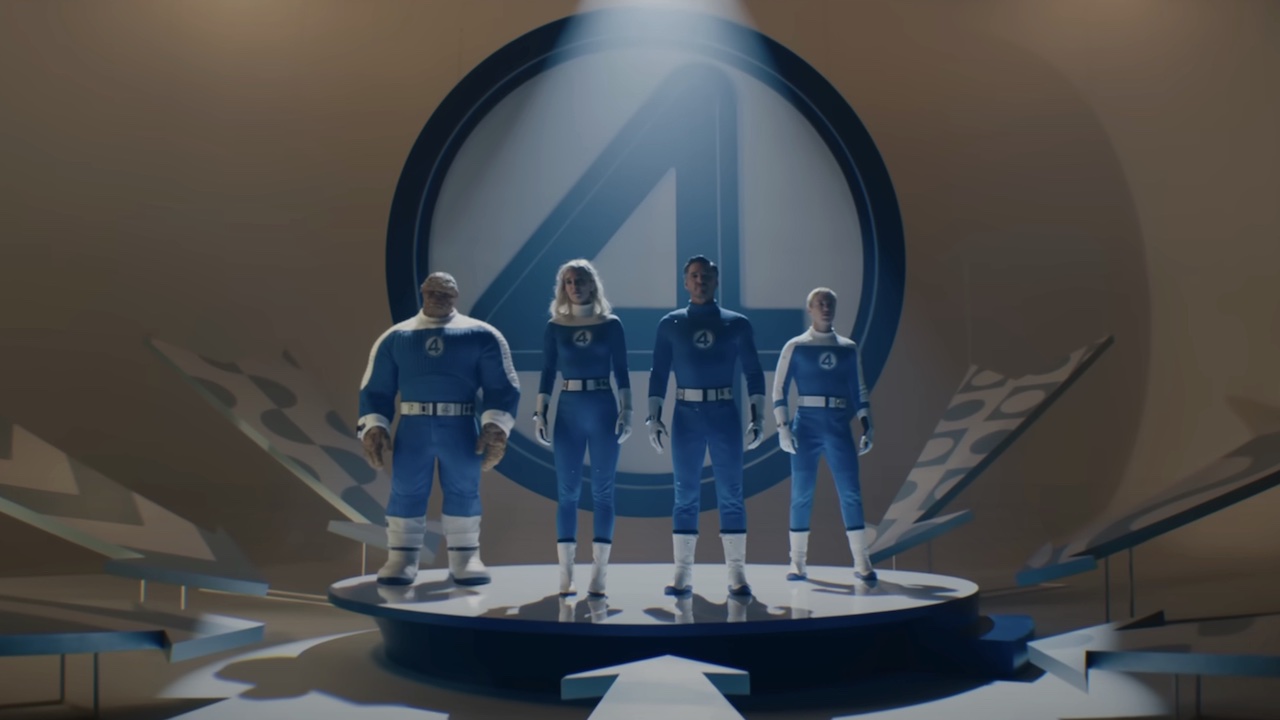Interview: BURN-E Director Angus MacLane
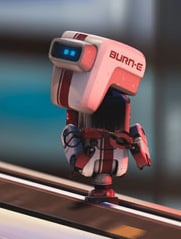
For the first time, the animated short debuting on a Disney/Pixar cartoon will work in tandem with the original movie to build on the existing story. For Wall-E’s upcoming DVD release, the short film is Burn-E, a hilarious short story about a welding robot on board the Axiom, and the lengths he has to go to in order to complete a simple task in the middle of the robot revolution brought on by Wall-E and Eve.
In anticipation of the upcoming November 18th DVD release, Disney gave reporters the chance to see the short and it is hilarious. If you like any of the shorts Pixar has created, you’ll really enjoy Burn-E. It has a feeling very similar to “One Man Band” and “Lifted,” where a character just can’t get a simple task accomplished.
Along with the chance to see Burn-E, we also got the chance to ask questions of the short’s director, Angus MacLane. Read on to see why Burn-E is aptly named, the thought process behind the short (including a dig at Brad Bird), and an Easter Egg to keep an eye open for when you watch Wall-E and Burn-E on DVD next week.
Q: Burn-E has a very "Pixar" feel to it as an animated short. What is it about repetitive failure (Lifted, One Man Band, now Burn-E) that is so funny?
Angus MacLane.: Humor usually comes about when result doesn't match the expectation. If everything in a characters' life goes well it's hard to relate to and probably not as funny.
Q: WALL-E stands for Waste Allocation Load Lifter, Earth class. What does BURN-E stand for?
A.M.: BURN•E stands for: Basic Utility Repair Nano Engineer. I have since heard from some people that it actually be BURN•A because the "E" in WALL•E stands for "Earth-Class" and the "A" would be the appropriate "Axiom-Class". Now I could argue that maybe BURN•E was a robot on earth that then was installed on the Axiom, but A: I would be lying and B: What is the point? If that is the biggest problem you have with the film, then I have done my job. Now put yourself in my shoes- you have to name this robot. The name BURN-E is funny and breaks the continuity of the film or BURN•A which is more accurate to the feature and is not funny at all. Which would you choose? I thought so. I do love that geeks pick up on this and I am happy to be creating this controversy. I'd probably do the same thing were I not involved.
CINEMABLEND NEWSLETTER
Your Daily Blend of Entertainment News
Q: How hard was it to think of a name that sounded like a robot but was a pun for a human name (Bernie)?
A.M.: His name internally had been "Repair Bot" When I started the short, I envisioned him as being called WELD•R. About two days later Jim Reardon, the head of WALL•E Story handed me a drawing he had done of the word BURN•E burned into metal. After that there was no going back.
Q: Why'd you decide to give Burn-E of all the characters in Wall-E his own short?
A.M.: I thought he was a fun character to animate. After I had animated the shot with him in the feature I wanted to know what happened to him. I wanted to answer that question with this short.
Q: How did you get selected to direct BURN-E? Now that you've done it, what would you do differently?
A.M.: I think it was opportunity met with preparation. Andrew [Stanton] liked the idea of the DVD short being about BURN•E. He encouraged me to storyboard the film. After the story was approved, Andrew asked if I would be interested.
Q: How did you go about choosing scenes from Wall-E that Burn-E could impact? Did you have to scrap any ideas that just wouldn't fit with the existing story?
A.M.: I came up with as many places in the movie as I could think of to cut back to. We cut whatever wasn't funny or slowed the pace down. Oddly enough the scene from the feature that sparked the original idea for BURN•E was cut from the feature. The scene is too complicated to explain. Maybe that's why it never made it.
Q: At what point during the development of Wall-E did you start planning the story of BURN-E? Did they construct any plot points in the feature to facilitate the short, or vice versa?
A.M.: I came up with and started boarding the short approximately 5 months before WALL•E was completed. However, no plot points were changed in the feature to make the short work. There were things that were changed in that one shot in WALL•E that featured BURN•E after it had been finished. The light spire that he welds was not originally in the shot.
Q: So when will we get to see BURN-E in Lego like you did with WALL-E?
A.M.: I designed a Lego BURN•E as a crew gift as a thank you for the hard work. I ordered the pieces, made custom decals and instructions and hand packaged each of the sets. If there is interest, I will post a picture on Flickr soon.
Q: Is it harder to do an animated film with little dialogue? Does it put more pressure on the animation to do the talking? Because of this, was WALL-E a harder character to create than some of your others?
A.M.: It's not harder to animate, but it is way more work in the storyboard process.
Q: How hard was it to get the right type of emotion out of a robot?
A.M.: It is always our goal as animators to make our work clearly communicate the thought process of the characters to the audience. It was particularly challenging for us on BURN•E as well as WALL•E because of the limited nature of the designs and the lack of dialogue. Both characters limited designs are are appealing, but more work must be done in the story process to communicate his intentions. With BURN•E and with WALL•E, if the audience can't tell what the character is thinking or what is going on, then they lose interest very quickly.
Q: What do you think was the hardest thing to get right in the short?
A.M.: There was a lot of difficult shots to pull off in this film. From a technical perspective, the shot with WALL•E touching Saturn's rings that transitions into the pebble meteor was the hardest to pull off. The Effects Supervisor, Bill Watral did a fabulous job stitching the shot from the film and a bunch of new elements that were on a literally planetary scale. On the performance side, the shot where SUPPLY•R drops the light on the ground was the trickiest to get right. There was something in the boards that was really funny that was extremely difficult to capture.
Q: I noticed that BURN•E does a fist-pump when he cuts through the door. What gave you the idea to include that?
A.M.: That is a bit of an inside joke. Brad Bird's pet peeve is the movie cliche' where a character does that fist-pump an says "YESSSS!" I think that I put that joke in just to irritate him. I think there is an easter egg on the Rataouille DVD that explains this. So if you watch that before you see BURN•E, the short will be 34% funnier.
Q: Having been the directing animator on Wall-E, what did that involve?
A.M.: The Directing Animator's job is to help the other animators keep their animation on model so that the acting and movement are consistent for each of the characters over the entire film. They work to be both a surrogate voice of the Director when he/she is available, and also offer acting and performance suggestions. Directing Animators also help to define the motion and character of the main characters in the film. The Directing Animator reports directly to the Supervising Animators. On WALL•E (as well as The Incredibles) I worked under the Supervision Animators Alan Barillaro and Steven Hunter. They interface more with the production staff about the direction and management of the WALL•E animation department. They also serve as both a surrogate voice of the Director and also offer acting and performance suggestions as well. Time permitting, Supervising Animators will also help to define the motion and character of the main characters in the film.
Q: Where do you actually start on design with so many different kinds of robots?
A.M.: In the WALL•E universe most of the robots are designed and built around the idea of function first, character second. With the character of WALL•E we figured out his motion as a trash compactor first. After that had been firmly established we then worked on how to define his character based on the limitations of him being a trash compactor
Q: How much of an animated film is software and how much is the result of an "artist's" vision and his/her ability to bring that vision to life? What role does software play in the pricess? Is it a mere tool, like, say, video editing software, or does it allow animators to do things they could not do with ink and paper?
A.M.: WALL•E was mostly created by a computer robot we have here at Pixar called the EntertainmentBot 3000. Nah, the computer is just a big, dumb pencil.
Q: Are there any Easter Eggs we should watch out for?
A.M.: There are a few small nods here and there to various sci-fi properties. I won't go through all of them, but I will mention that there is a graphic on the elevator inside the Axiom that reads "ELV 426" indicating that this is elevator number four hundred and twenty-six. This is of course (pushing my glasses up on my nose) a reference to LV-426 the planet that is the setting of the movie Alien and Aliens.
Q: Is there any Pixar film that you would have loved to work on, but didn't get the chance to?
A.M.: I would have loved t o have worked on the original Toy Story which is the only Pixar feature that I was not involved in. I also wish that I could have worked on some of those Listerine commercials.
Looks Like Rick And Morty Is Bringing A Beloved Concept Back In Season 8, Or At Least I'm Desperately Hoping That's The Case
After Jack Black Dropped A Minecraft Movie’s Lava Chicken Scene, Fans Shared Their Theater Experiences
Everybody Is Reminiscing About Val Kilmer's Coolest Roles, But I'll Always Remember Him For This '80s Gem
